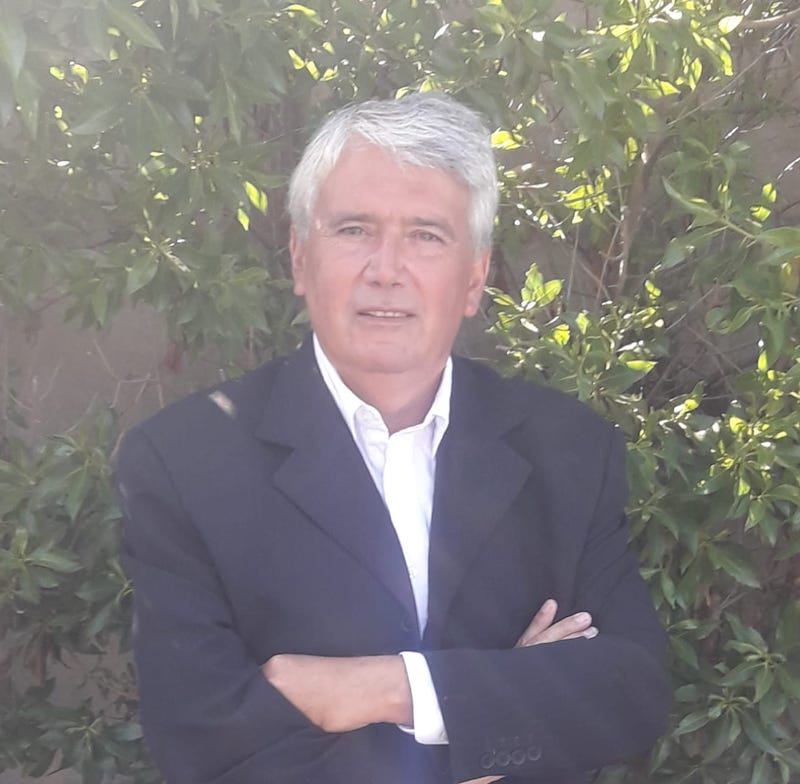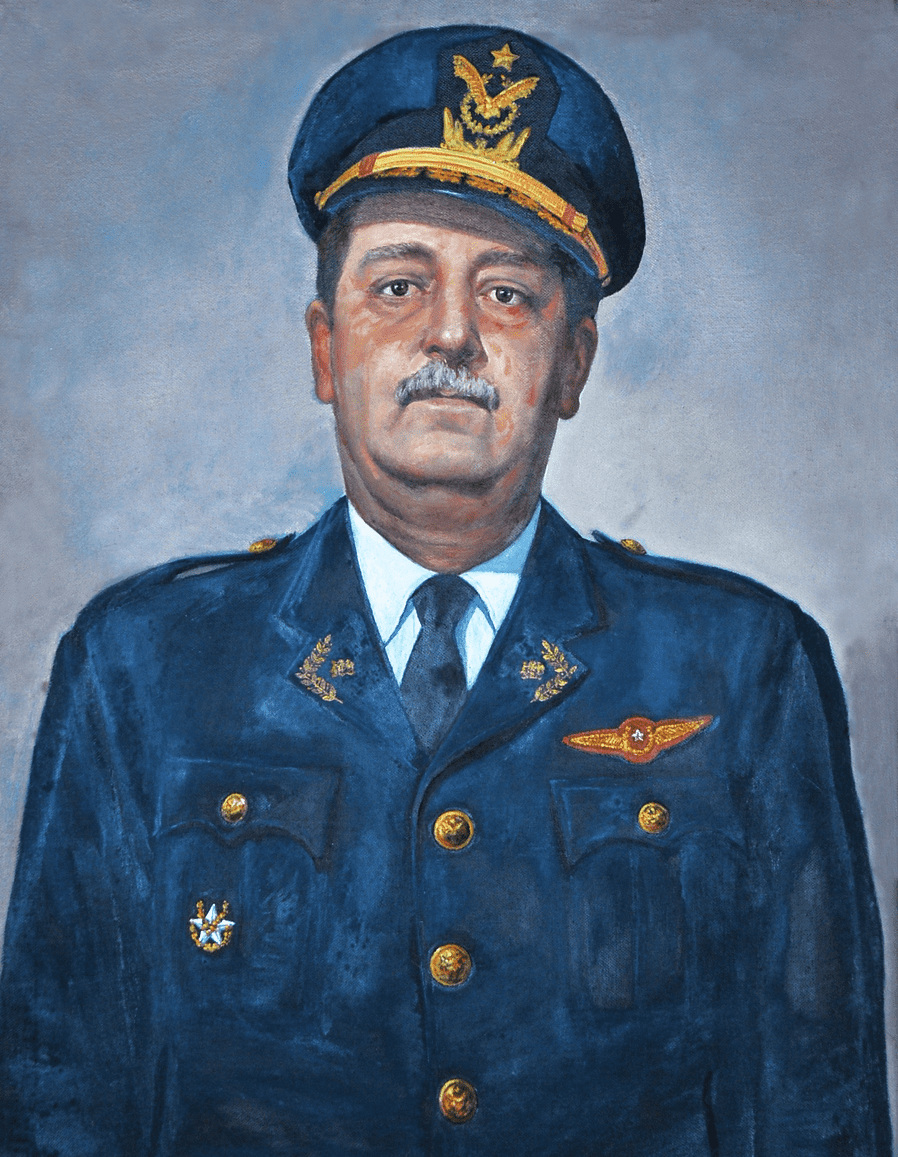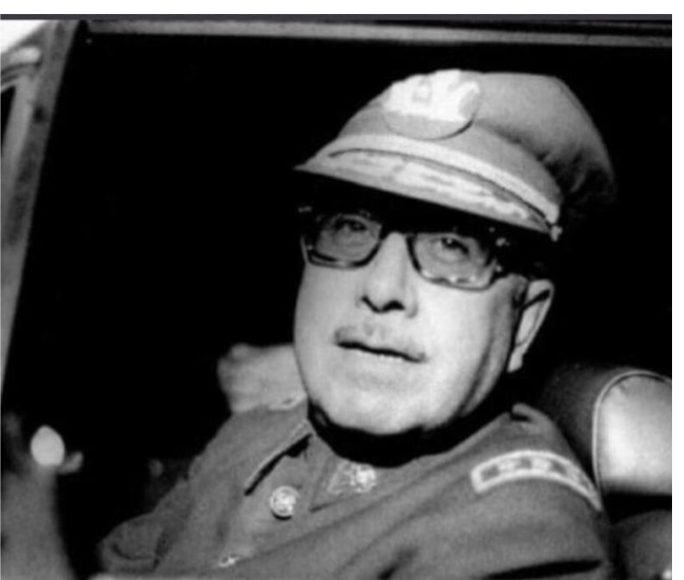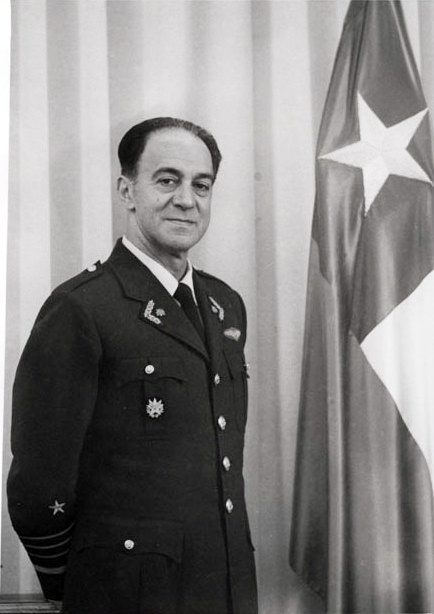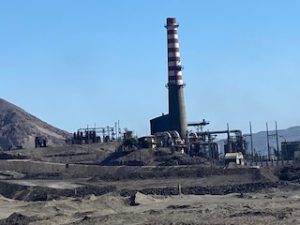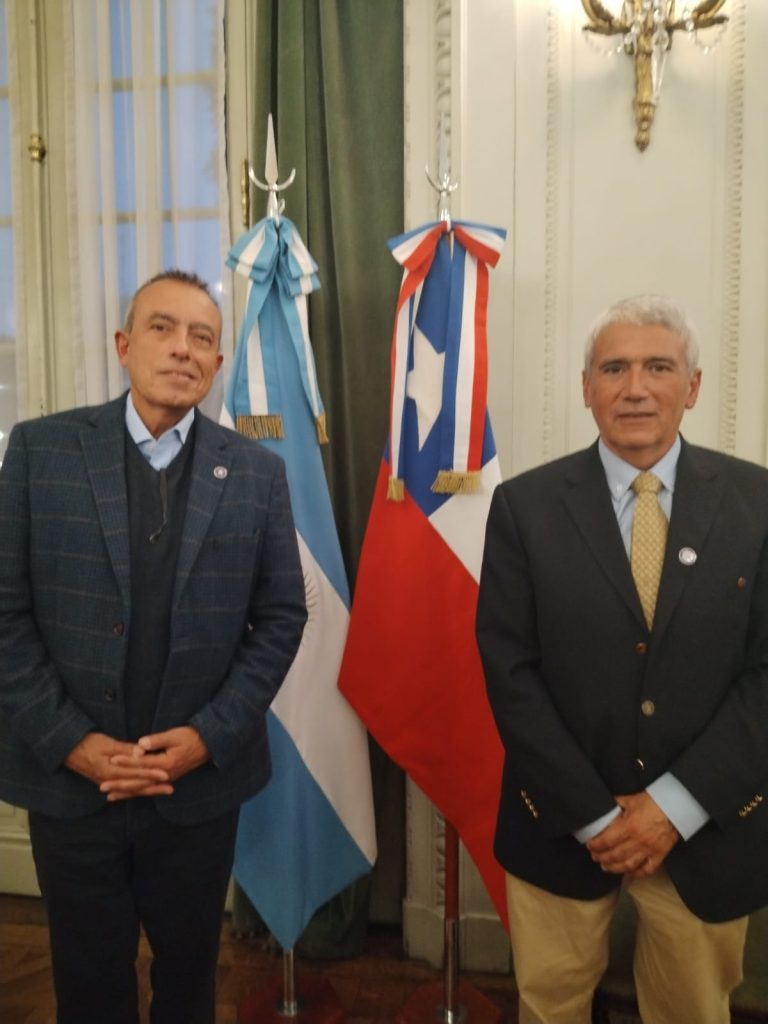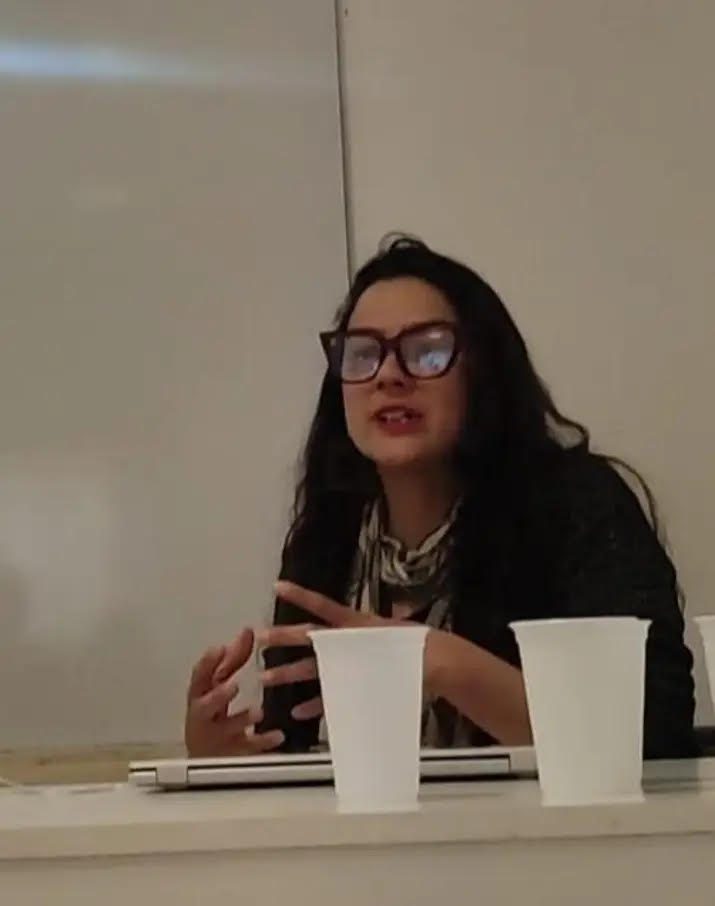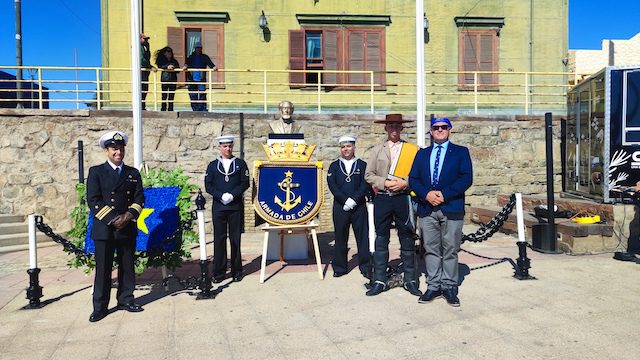Por Ulises Carabantes Ahumada
Ingeniero Civil Industrial. Analista de actualidad. Escritor.
(At the end of the spanish text you will find the english translation)
Estimado lector, en las próximas líneas podrá leer un muy breve pero descriptivo resumen de algunos capítulos del libro Chile 1973. Quien quiera profundizar en esta materia y desee comprar el libro, consulte al correo ucarabantes@gmail.com, para las ediciones en Chile como también en España. Esta es la octava de trece publicaciones sabatinas que efectuaré hasta el sábado 9 de septiembre.
Como se describió en la publicación de la semana pasada, a fines de julio de 1973 se ecentuó la violencia en Chile, en lo que fue una ofensiva opositora destinada a crear las condiciones definitivas para terminar con el gobierno de Salvador Allende, acciones que incluyeron el inicio de un paro de los transportistas de carga, diversos sabotajes, balaceras y el atentado que costó la vida al edecán naval, capitán de navío Arturo Araya Peteers. En paralelo y no obstante la negativa de la Unidad Popular de llegar a acuerdos con la oposición, el presidente del partido demócrata cristiano, Patricio Aylwin, acudiendo al llamado de quien el llamó “mi pastor”, el cardenal Raúl Silva Henríquez, anunció que iniciaría conversaciones con el presidente de la república.
Era tan grande la nula voluntad de diálogo que tenía el partido socialista para llegar a acuerdos con la oposición que, al día siguiente del anuncio de Patricio Aylwin, amenazó con abandonar la Unidad Popular. Esto se lo confidenció el ministro de defensa en esa fecha, el socialista Clodomiro Almeyda, al comandante en jefe del ejército general Carlos Prats. No obstante, el partido socialista finalmente aceptó el diálogo entre Salvador Allende y Patricio Aylwin. Las conversaciones comenzaron el 30 de julio de 1973. 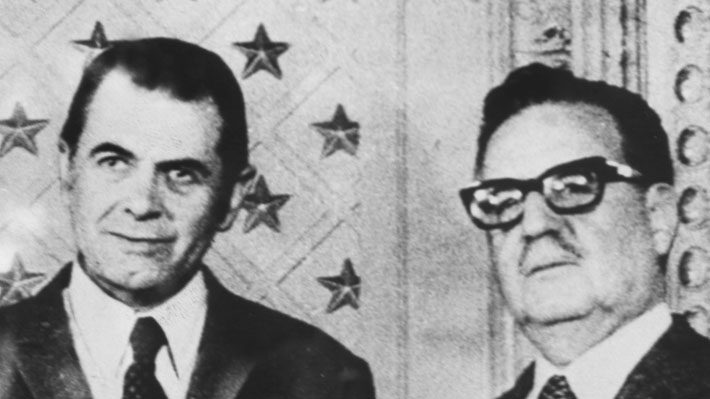 El presidente Allende propuso a Aylwin crear comisiones de trabajo para alcanzar acuerdos entre el gobierno y la oposición. Aylwin respondió al día siguiente por medio de una carta en la que calificó de “dilatoria” la propuesta de Allende y manifestó la urgente necesidad de formar un gabinete “con participación institucional de las FF.AA. con poderes suficientes”, estructurando así mandos superiores y medios dentro del gobierno. Claramente la proposición de Aylwin no sería aceptada por la Unidad Popular ni por el propio presidente de la república. Significaba la intervención, dentro de la institucionalidad, de las fuerzas armadas, quedando Salvador Allende en el cargo de presidente de la república, pero desplazando del gobierno a la Unidad Popular. Frente a esta propuesta de la democracia cristiana estaba la alternativa de renuncia del presidente, cuestión que sería acompañada por la renuncia de todo el Congreso Nacional, como proponía el partido demócrata cristiano, para así llamar a nuevas elecciones.
El presidente Allende propuso a Aylwin crear comisiones de trabajo para alcanzar acuerdos entre el gobierno y la oposición. Aylwin respondió al día siguiente por medio de una carta en la que calificó de “dilatoria” la propuesta de Allende y manifestó la urgente necesidad de formar un gabinete “con participación institucional de las FF.AA. con poderes suficientes”, estructurando así mandos superiores y medios dentro del gobierno. Claramente la proposición de Aylwin no sería aceptada por la Unidad Popular ni por el propio presidente de la república. Significaba la intervención, dentro de la institucionalidad, de las fuerzas armadas, quedando Salvador Allende en el cargo de presidente de la república, pero desplazando del gobierno a la Unidad Popular. Frente a esta propuesta de la democracia cristiana estaba la alternativa de renuncia del presidente, cuestión que sería acompañada por la renuncia de todo el Congreso Nacional, como proponía el partido demócrata cristiano, para así llamar a nuevas elecciones.
Allende no aceptaría y de hecho no aceptó lo propuesto por Aylwin. Sin factibilidad de acuerdo entre los que parecían ser los vasos comunicantes, los puntos de acercamiento entre los dos bandos irreconciliables en que estaba dividido Chile, es decir, sin opción de una salida política, emergía nuevamente con fuerza la posibilidad de la intervencipin militar para terminar con el estado de caos generalizado en que estaba Chile. Dicha intervención podría ser parcial, sólo de un sector de las fuerzas armadas y carabineros, sumándose a los bandos civiles que se confrontaban, lo que abría las puertas a la sangrienta guerra civil ó una intervención total y unida de las fuerzas armadas y carabineros, lo que se traduciría en un golpe militar o pronunciamiento militar, como se le conoce a los hechos ocurridos el 11 de septiembre de 1973.
Los dos bandos en disputa tenían vocación por llevar a las fuerzas armadas hacia la política contingente. Le oposición, bajo la modalidad planteada por el presidente de la democracia cristiana, Patricio Aylwin y el presidente de la república, Salvador Allende, bajo el esquema que a él más le acomodara. Ambos modelos de intervención de las fuerzas armadas consideraban que éstas se sumaran a la actividad política, pero bajo la dirección de los políticos. Los hechos irían por un camino distinto, finalmente las fuerzas armadas se involucrarían en la política para terminar con el conflicto y caos que destruía a Chile, pero no bajo la dirección de los políticos, las fuerzas armadas darían ese paso pero bajo la dirección de ellas mismas.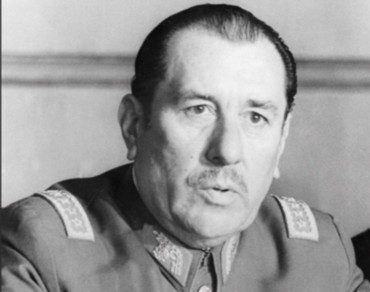
El viernes 3 de agosto el Ministro de Defensa Clodomiro Almeyda se entrevistó con el general Carlos Prats para manifestarle que ante el posible fracaso de las negociaciones con la democracia cristiana, el presidente Allende estaba evaluando el ingreso de las fuerzas armadas al gabinete ministerial, pero no con el desplazamiento total de la Unidad Popular, como propuso Patricio Aylwin, sino con la incorporación de los militares a algunos ministerios. Prats repitió al ministro Almeyda lo dicho muchas veces antes durante el año 1973; la reticencia del alto mando del ejército para que esta institución se incorporara a ocupar un cargo político como es un ministerio. Además Prats quiso saber que posición tenían frente a esta propuesta los comandantes en jefe de la armada y de la fuerza aérea, almirante Raúl Montero y general César Ruiz respectivamente. Almeyda le confirmó que sus pares habían manifestado su conformidad para que sus instituciones ingresaran a ocupar un cargo ministerial.
Posteriormente Carlos Prats se entrevistó con el presidente Allende, quien argumentó que frente a la propuesta de la democracia cristiana de desplazar a la Unidad Popular del gobierno, como una muestra de la buena voluntad presidencial de negociar y llegar a entendimiento, necesitaba que tomaran el cargo de ministros los propios comandantes en jefe de cada una de las ramas castrenses. Por la noche de aquel viernes 3 de agosto, en una alocución radial emitida a todo Chile, el presidente de la democracia cristiana dio por cerradas las conversaciones con el presidente. No aceptó en definitiva la incorporación de las fuerzas armadas bajo el modelo propuesto por Salvador Allende.
No obstante el rechazo de la oposición a la determinación de Salvador Allende respecto de la forma de incorporación de los militares al gobierno, el presidente de la república insistió con los militares para que los comandantes en jefe se convirtieran en ministros de Estado. Carlos Prats enfrentaba una fuerte reticencia dentro del cuerpo de generales del ejército para acceder a la solicitud presidencial, pues en el alto mando del ejército veían sólo factible la incorporación de esta institución bajo la modalidad de tregua política e ingreso de los uniformados en forma masiva a los ministerios. En la fuerza aérea no era fácil tampoco acceder a la incorporación de su comandante en jefe al gobierno. De hecho, Ruiz manifestó al presidente su posición negativa de incorporar a los comandantes en jefe al gobierno, sugiriendo a Allende nombrar ministros a dos generales o almirantes por cada institución, con lo que se cubrían con militares seis ministerios. Una propuesta que se acercaba a lo que quería la democracia cristiana, la que Salvador Allende no aceptó. El almirante Raúl Montero manifestó no tener objeciones al interior de su institución.
Carlos Prats se reunió con Allende manifestándole entender la necesidad que tenía de expresar a la democracia cristiana su voluntad de negociar incorporando a los comandantes en jefe al gobierno, sosteniendo estar dispuesto a colaborar. Se sumaron a la reunión el almirante Montero y el general Ruiz, quienes expresaron no tener inconvenientes en que Prats se hiciera cargo del Ministerio de Defensa y que el presidente les asignara a ellos el ministerio que estimara conveniente. Montero tomaría el ministerio de hacienda y Ruiz el de minería. El cambio de gabinete quedó fijado para el día siguiente, 8 de agosto de 1973.
A las 11:30 de este día, el general Carlos Prats sostuvo una tensa reunión con los generales del ejército, quienes se manifestaron desconcertados de la forma en que nuevamente se estaban incorporando las fuerzas armadas al gobierno. Los generales insistieron en la necesidad de que la mitad o dos tercios de los ministerios fueran ocupados por las fuerzas armadas, incluyendo mandos medios y que el resto fuera ocupado por civiles apolíticos, desplazando con esto a la Unidad Popular. Era el diseño propuesto por la democracia cristiana. Prats argumentó no haber liderado él la incorporación de los comandantes en jefe a los ministerios y que la armada y fuerza aérea actuaban en forma totalmente autónoma respecto del ejército.
A las 12:30 del 8 de agosto se reunieron los tres comandantes en jefe. Ruiz cambió su conformidad de ingresar al gobierno, señalando que los generales de la fuerza aérea se oponían a ésto y por lo tanto había solicitado al presidente una reunión para las 14 horas de ese día. Prats y Montero le solicitaron al aviador informar de los resultados de dicha reunión con Allende.
A las 15:30 regresó de la reunión con Allende el general Ruiz, detallando lo dicho por el presidente en el sentido que la decisión de Ruiz debía ser solidaria con la de los otros dos comandantes en jefe, quienes habían aceptado ingresar al gobierno. El general Ruiz solicitó al jefe de estado mayor de la fuerza aérea, general Gustavo Leigh, que explicara a Prats y Montero la posición de sus generales, la que en definitiva era la misma que habían manifestado los generales del ejército esa mañana a Prats, la que significaba el término del gobierno de la Unidad Popular pero con Allende permaneciendo en La Moneda. Así se lo hizo ver Prats a Leigh, agregando que lo que se planteaba era un último sacrificio buscando generar confianzas en la democracia cristiana para continuar el diálogo con Allende. Finalmente la fuerza aérea aceptó la incorporación de su comandante en jefe como ministro.
Finalmente, a las 13:00 horas del 9 de agosto de 1973 se produjo el cambio de gabinete. El socialista Orlando Letelier tomó el ministerio del interior, el almirante Raúl Montero el ministerio de hacienda, el general de ejército Carlos Prats el ministerio de defensa, el genera del aire César Ruiz el ministerio de obras públicas y transporte y el general director José María Sepúlveda el ministerio de tierras y colonización. Carabineros también fue incorporado.
De esta manera, se conformaba un gobierno cívico militar. La junta de comandantes en jefe quedaba constituída sólo por subrogantes. La historia comenzaba a hablar. Integraron esta el general de división Augusto Pinochet, jefe del estado mayor del ejército, el vicealmirante José Toribio Merino, comandante en jefe de la primera zona naval y el general de aviación Gustavo Leigh, jefe del estado mayor de la fuerza aérea.
Si durante las trece publicaciones de este ciclo histórico, alguno de mis lectores se interesa en tener el libro Chile 1973; tanto para la edición en Chile como en España, pueden hacer llegar su consulta al correo electrónico ucarabantes@gmail.com
Los espero el próximo sábado 12 de agosto con la novena publicación histórica, la que llevará por título Cincuenta Años: Chile al Borde del Abismo.
Fifty Years
Once Again, the Military in Government
By Ulises Carabantes Ahumada
Civil Industrial Engineer. Current affairs analyst. Writer.
Dear reader, in the following lines, you will read a very brief but descriptive summary of some chapters of the book Chile 1973. If you wish to delve deeper into this matter and want to purchase the book, please contact ucarabantes@gmail.com for editions available in Chile and Spain. This is the eighth of thirteen Saturday publications I will make until Saturday, September 9.
As described in last week’s publication, at the end of July 1973, violence escalated in Chile, as part of an opposition offensive aimed at creating the definitive conditions to end Salvador Allende’s government. These actions included a cargo transporters’ strike, various sabotages, shootings, and the assassination of the naval aide, Captain of the Navy Arturo Araya Peteers. Simultaneously, despite the Unidad Popular’s refusal to reach agreements with the opposition, Patricio Aylwin, the president of the Christian Democratic Party, responded to the call of Cardinal Raúl Silva Henríquez, whom he called «my pastor,» and announced that he would initiate conversations with the president.
The Socialist Party showed little willingness to engage in dialogue and threatened to abandon the Unidad Popular the day after Patricio Aylwin’s announcement. This was confided by the Minister of Defense at that time, Socialist Clodomiro Almeyda, to the Army Commander-in-Chief, General Carlos Prats. Nevertheless, the Socialist Party eventually accepted the dialogue between Salvador Allende and Patricio Aylwin. The conversations began on July 30, 1973.
President Allende proposed to Aylwin the creation of working commissions to reach agreements between the government and the opposition. Aylwin responded the next day with a letter in which he described Allende’s proposal as «dilatory» and expressed the urgent need to form a cabinet «with institutional participation of the Armed Forces with sufficient powers.» This structure would establish higher and middle-level authorities within the government. Clearly, Aylwin’s proposition would not be accepted by the Unidad Popular nor by the president himself. It meant the intervention, within the institutional framework, of the armed forces, leaving Salvador Allende as the president but displacing the Unidad Popular from the government. In response to the Christian Democracy’s proposal, there was the alternative of the president’s resignation, a matter that would be accompanied by the resignation of the entire National Congress, as proposed by the Christian Democratic Party, to call for new elections.
Allende did not accept and, in fact, did not accept what Aylwin proposed. With no possibility of agreement between what seemed to be the connecting vessels, with no points of rapprochement between the two irreconcilable sides into which Chile was divided, that is, with no political way out, the possibility of military intervention to end the widespread chaos in Chile once again emerged strongly. This intervention could be partial, involving only a sector of the armed forces and the police, joining the civilian factions in conflict, which would open the doors to a bloody civil war, or it could be a total and united intervention of the armed forces and police, resulting in a military coup or pronouncement, as it became known on September 11, 1973.
The two sides in dispute had a tendency to involve the armed forces in the contingent politics. The opposition, led by President of the Christian Democracy, Patricio Aylwin, and the President of the Republic, Salvador Allende, each proposed their own schemes. Both models involved the armed forces participating in political activities, but under the direction of politicians. However, events took a different turn, and the armed forces eventually became involved in politics to end the conflict and chaos in Chile, but not under the direction of politicians. Instead, the armed forces took that step under their own leadership.
On Friday, August 3, Minister of Defense Clodomiro Almeyda met with General Carlos Prats to inform him that President Allende was considering bringing the armed forces into the cabinet if negotiations with the Christian Democracy failed. However, it was not the total displacement of the Popular Unity, as proposed by Patricio Aylwin, but rather the incorporation of military officials into certain ministries. Prats reiterated the reluctance of the army’s high command to have the institution take on a political role such as a ministerial position. Prats also wanted to know the positions of the navy and air force commanders, Admiral Raúl Montero and General César Ruiz, respectively. Almeyda confirmed that his counterparts had agreed to their institutions entering ministerial positions.
Later, Carlos Prats met with President Allende, who argued that, in response to the Christian Democracy’s proposal to remove the Popular Unity from the government, as a show of goodwill and a desire to negotiate and find common ground, he needed the commanders in chief of each branch of the armed forces to become ministers. On the night of that Friday, August 3, in a radio address broadcast throughout Chile, the President of the Christian Democracy declared the end of the negotiations with the President. Ultimately, they did not accept the incorporation of the armed forces under the model proposed by Salvador Allende.
Despite the opposition’s rejection of Salvador Allende’s decision regarding the way to incorporate the military into the government, the President persisted in asking the military commanders to become ministers of state. Carlos Prats faced strong reluctance within the army’s general corps to comply with the President’s request since they saw the incorporation of the institution as feasible only under the model of political truce and massive entry of military personnel into ministries. In the air force, it was not easy either to accept the incorporation of their commander in chief into the government. In fact, Ruiz expressed his negative stance on incorporating the commanders in chief into the government, suggesting that Allende appoint two generals or admirals for each institution, covering six ministries with military personnel. This proposal was close to what the Christian Democracy wanted, but Salvador Allende did not accept it. Admiral Raúl Montero stated that there were no objections within his institution.
Carlos Prats met with Allende, expressing his understanding of the need to convey to the Christian Democracy his willingness to negotiate by incorporating the commanders in chief into the government, and he expressed his willingness to collaborate. The meeting was also attended by Admiral Montero and General Ruiz, who had no objections to Prats taking over the Ministry of Defense and the President assigning them the ministries of their choosing. Montero would take the Ministry of Finance, and Ruiz would take the Ministry of Mining. The cabinet change was scheduled for the next day, August 8, 1973.
At 11:30 on this day, General Carlos Prats had a tense meeting with the army generals, who were puzzled by the way the armed forces were once again being incorporated into the government. The generals insisted that half or two-thirds of the ministries be occupied by the armed forces, including mid-level officers, and the rest be filled by apolitical civilians, thus displacing the Unidad Popular. This was the design proposed by the Christian Democrats. Prats argued that he had not led the incorporation of the commanders-in-chief into the ministries and that the navy and air force acted completely autonomously from the army.
At 12:30 on August 8th, the three commanders-in-chief met. Ruiz changed his agreement to join the government, stating that the air force generals opposed it, so he requested a meeting with the president at 2:00 PM that day. Prats and Montero asked the aviator to report on the results of that meeting with Allende.
At 3:30 PM, General Ruiz returned from the meeting with Allende, detailing the president’s statement that Ruiz’s decision should be in solidarity with the other two commanders-in-chief, who had accepted to join the government. General Ruiz asked the chief of the air force general staff, General Gustavo Leigh, to explain to Prats and Montero the position of his generals, which ultimately was the same as the one expressed by the army generals that morning to Prats. This meant the end of the government of the Unidad Popular but with Allende remaining in La Moneda. Prats conveyed that this was a final sacrifice aiming to build trust with the Christian Democrats to continue dialogue with Allende. Finally, the air force accepted the incorporation of its commander-in-chief as a minister.
Finally, at 1:00 PM on August 9, 1973, the cabinet reshuffle took place. Socialist Orlando Letelier took the Ministry of Interior, Admiral Raúl Montero took the Ministry of Finance, General Carlos Prats took the Ministry of Defense, Air General César Ruiz took the Ministry of Public Works and Transportation, and General Director José María Sepúlveda took the Ministry of Lands and Colonization. Carabineros (police force) was also included.
This way, a civil-military government was formed, and the joint chiefs of staff became acting positions. History was starting to speak. The group included Major General Augusto Pinochet, Chief of the Army General Staff, Vice Admiral José Toribio Merino, Commander-in-Chief of the First Naval Zone, and Air General Gustavo Leigh, Chief of the Air Force General Staff.
If any of my readers are interested in obtaining the book «Chile 1973» in either the Chilean or Spanish edition, they can inquire via email at ucarabantes@gmail.com. I’ll be back on Saturday, August 12, with the ninth historical publication titled Fifty Years: Chile on the Edge of the Abyss


